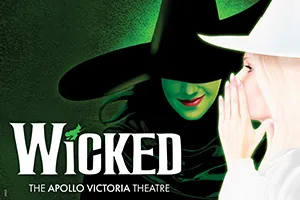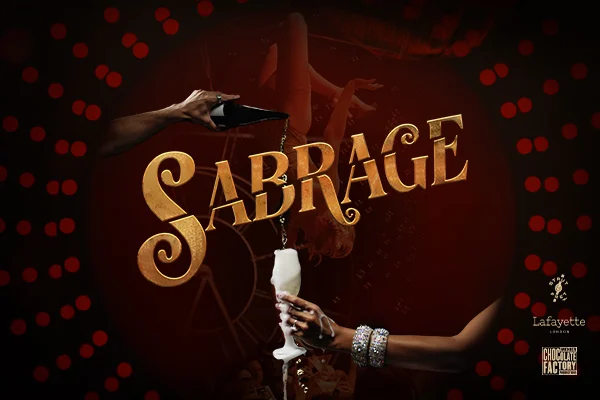"Are you having a stroke?" Not exactly what inventor Jim (Paul Richards), pitching an idea to his long-term girlfriend Alison (Ruby Florence), wants to hear. But this does not transpire to be Alison’s most devastating line to Jim; it is, however, a microcosm of the personality gap between the pair.
Charming depiction of a mismatched couple
The Half A Camel (the upstairs function room of The Joker) is set with a typical domestic scene, except that Jim is miming to Queen’s We Are The Champions, as part of his morning routine before facing his fiscally necessary but seemingly unfulfilling, and perhaps daunting, office job. This is an early tell as to the sense of his functional unease and absence of social filter, further exemplified by his later appearance at a baby shower.
Jim and Alison are a couple, but the differences between them are easier to observe than their similarities. He is bright, anxious, excitable, affable, yet socially immature and unaware. She is streetwise and has an inscrutable poise. Do opposites attract? This idea has been widely debunked as a myth, yet there can be an element of compensation in a relationship, in that one side can seek out in a partner that which is missing from their own skillset. Whether there is longevity to this position is questionable, of course.
Alison becomes aware of the surprise in social circles of her choice of partner, giving rise to the title of the piece, a play on Joe Jackson’s classic track. In fact, music punctuates this production, cleverly weaving Elvis Costello’s Alison and Sinatra's Somethin’ Stupid into proceedings. Her friends and colleagues do not understand what she sees in him, in stark contrast to the adolescent reaction of Jim’s friends. She is conflicted, acknowledging his good qualities, but being mindful of his awkwardness. His marriage proposal serves only to fuel her discomfort and her response of "I think I need to think about this" is clearly alarming to Jim.
Both performances are eloquently played, and despite their differences, the relationship is believable. Cara Hanman’s direction is assured and the production enjoyable, in spite of some inevitable noise bleed in such a central Fringe venue. There is a missing layer, however, to this iteration of the play: we wanted to hear more from the obviously conflicted Alison, reasons for her ultimate decision, and the consequences of this. Modifications to the writing could rectify this and give rise to a play with more legs.
Is She Really Going Out With Jim? conveys a charming optimism, but at its core is Alison’s dilemma: will this prove to be a triumph of hope over social normalisation?


















